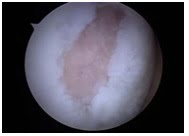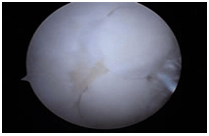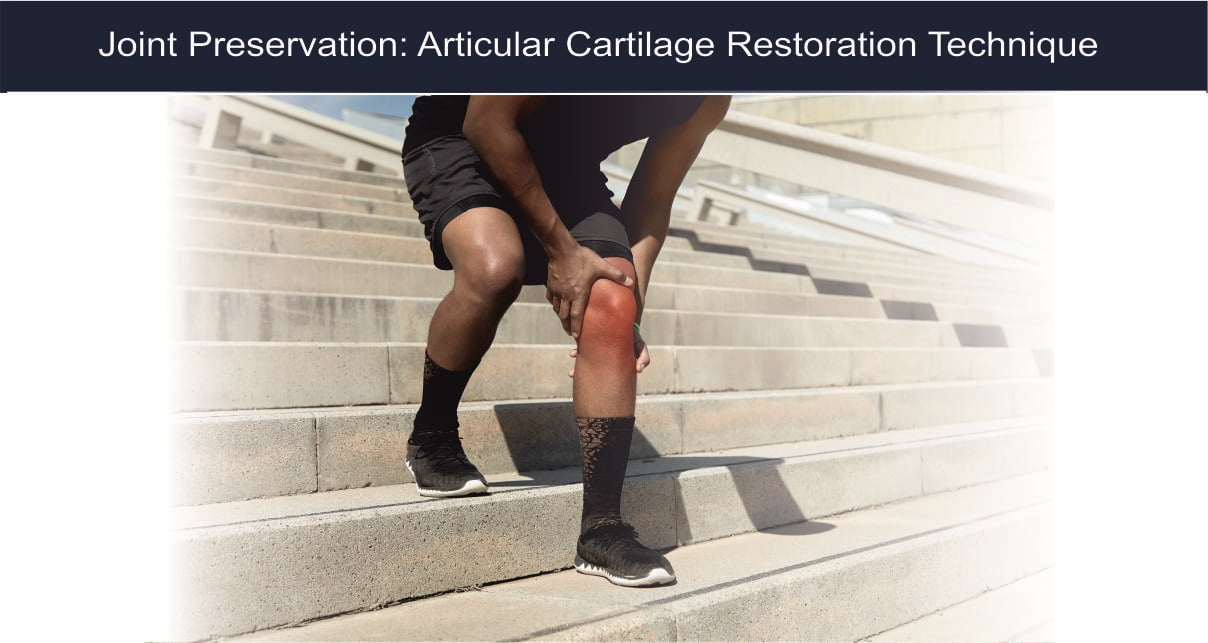Cartilage damage is the most common cause of pain and disability inside the knee joint. 12% of individuals above 25 years of age have signs and symptoms of cartilage damage. Damage to cartilage could be due to either wear and tear or any disease. Natural healing process of the damaged cartilage leads to formation of fibrous cartilage which is inferior in quality and resilient compared to original hyaline cartilage. This leads to persistent pain and disability in patients even after prolonged rest, physiotherapy and medication. Cartilage Restoration is a boon to such patients. Cartilage Restoration bridges the gap between medical treatment and joint replacement surgery. It helps in delaying the onset of severe osteoarthritis and need of early joint replacement surgery. Cartilage Restoration procedures involve repairing the localized defect or damage of cartilage similar to filling the pothole on the road.
We at ‘My Ortho Centre’ use various Cartilage Restorative Techniques to alleviate long standing joint pain and associated disability of patients.
Some of the techniques which are utilized to treat cartilage damage are –
Arthroscopic Osteochondral Autograft Transfer System (OATS) – This procedure is performed for small to moderately large area of full thickness surface cartilage loss. In this technique cylinder shaped dowel of bone which is devoid of surface cartilage is removed and replaced with a dowel or cylinder of bone with intact surface articulate cartilage.

Fig 1 (Before Surgery) Full thickness cartilage defect

Fig 2 ( After Surgery) After osteochondral plug transfer
Arthroscopic Assisted Autologous Chondrocyte Implantation (ACI) – In this technique, grown cartilage is placed in the damaged area. ACI is a two-stage procedure, beginning with arthroscopic assessment of the chondral injury and biopsy to harvest cartilage, followed by a commercial enzymatic digestion and cell expansion in monolayer culture with cryopreservation of the cells. The cryopreserved cells are thawed and expanded to the cell population needed for the second-stage open ACI technique. During this second stage, a biological reconstruction is performed to repair the articular cartilage defect.
Cellular “stem-cell”/ Tissue Engineered Construct — Bone marrow, Synovium and fat contains Mesenchymal Stem Cells that capable of forming new tissue, such as bone or cartilage. Here harvested mesenchymal cells are utilized for reconstruction of damaged cartilage.
Arthroscopic Microfracture Technique – This procedure is useful for smaller areas of complete cartilage loss inside the joint. Cartilage growth and its effectiveness are variable between patients.

a) Normal cartilage b) Damaged Cartilage c) Peroperative Microfracture
Fig: Arthroscopic Microfracture
Arthroscopic Chondroplasty – In this procedure smoothing of roughened articulate cartilage is done using specialized arthroscopic instrument and machines. This procedure helps in relieving joint pain by decreasing friction inside the joint.
Arthroscopic Abrasionplasty – Abrasionplasty is helpful in patient of complete cartilage loss where subchondral bone is exposed. Here abrasion of exposed bone is done which stimulates bleeding, allowing the bone to grow cartilage.
There are many other cartilage procedures which are utilized to provide pain free mobility to patients. In some cases additional joint injections of platelet rich plasma (PRP) and hyaluronic acid are useful. There are certain other additional procedures like Arthroscopic Meniscus Repair and Arthroscopic Ligament Repair which helps in prevention of further cartilage damage. These procedures are indicated in patients with otherwise healthy knee, which because of recent trauma or disease developed knee problems.



